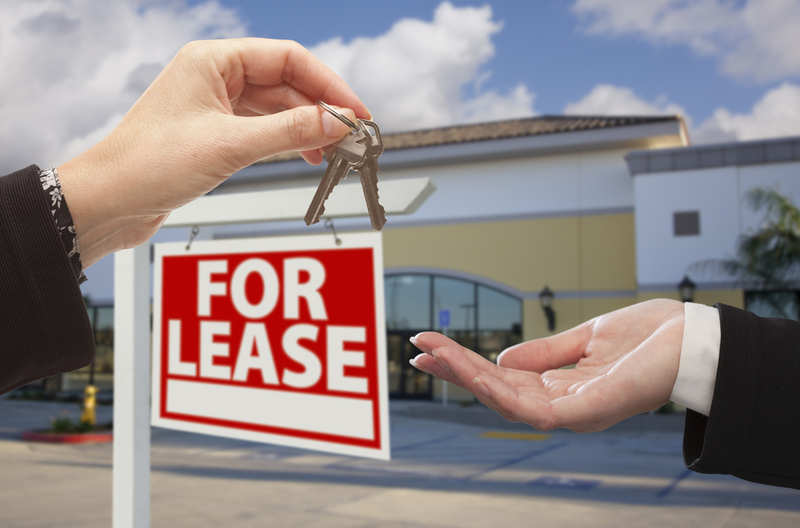What does a full repairing and insuring lease actually mean day to day?
A FRI lease usually means you keep the place in good repair and you pay for building insurance, normally by reimbursing the landlord. Repairs can include more than paint and lightbulbs. Depending on the lease, it might include roofs, structure, and shared services. Every lease is different. The label FRI does not tell the whole story. The exact words in the document decide who pays for what.
How can an FRI lease affect your budget?
A full repairing and insuring lease changes the total cost of running your space. You may need to decorate every few years and fix issues that appear during your term. You also need to follow safety rules, like fire checks and electrical testing. In a multi-let building there is often a service charge for common parts. That can include external walls, shared corridors, lifts, and car parks. It is important to know what falls under your repair duty, what falls into the service charge, and what stays with the landlord. Clear numbers help you plan cash flow and avoid shocks.
Where do people get caught out with an FRI lease?
The biggest problem is signing without a schedule of condition. This is a set of photos and notes that record the state of the property at the start. Without it, you can be asked to hand back the property in better condition than you received it. Another risk is unclear insurance wording. If the building is damaged, you need to know which risks are insured, when rent stops, and who pays if the damage was from an uninsured risk. Tenants are also surprised when they find they have taken on structural repairs or roof issues. Finally, end of lease reinstatement can be costly if the lease says you must remove every change you ever made, even if the landlord wants to keep it.
Why get a solicitor involved before you sign an FRI lease?
A solicitor turns the idea of a full repairing and insuring lease into clear and fair terms. We limit repair duties to what makes sense for the property and we attach a strong schedule of condition. We make sure the service charge list is specific and sensible. We check insurance clauses so rent is suspended after major damage and you are not paying for uninsured loss. We set out who handles safety and compliance so there is no double paying or finger pointing later. Small edits now can save large bills later.
How do break clauses and end of lease repairs fit into an FRI lease?
Break clauses let you leave early if you meet certain conditions. Some leases say the break only works if you have complied with every clause. That can fail because of minor issues, including old repair items. We aim for simple and workable conditions, like paying basic rent and giving back the property empty. At the end of the lease, a dilapidation claim is the landlord’s list of repairs and costs. If you had a schedule of condition and sensible decoration and reinstatement terms, that claim is usually lower and easier to settle.
Do you need a surveyor as well as a solicitor?
For many properties, yes. A surveyor checks the building, spots problems, and gives costed advice. Your solicitor then puts those findings into the lease so your legal duties match the real world. The two roles work together. The result is fewer disputes and fewer surprises.
What is the best next step if you are offered an FRI lease?
Ask for a quick review of the heads of terms before the lease is drafted. Early advice on repairing duties, service charge scope, insurance, rent suspension, alterations, and the break clause keeps the deal on track. If a schedule of condition is needed, arrange it early so it can be attached to the lease. Clear, simple documents make for a better working relationship between landlord and tenant.
If you would like straightforward help with a full repairing and insuring lease or FRI lease in Essex, speak to the Commercial Property team at John Fowlers Solicitors. We give fast, practical advice for landlords and tenants across Colchester, Brightlingsea, and West Mersea.
